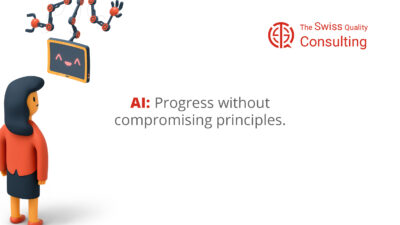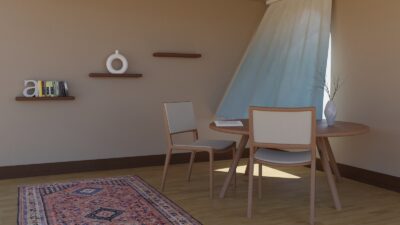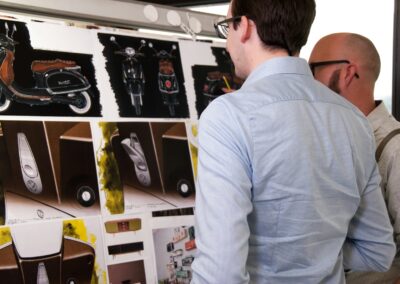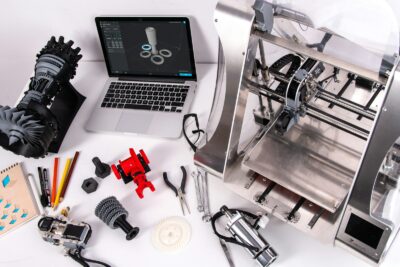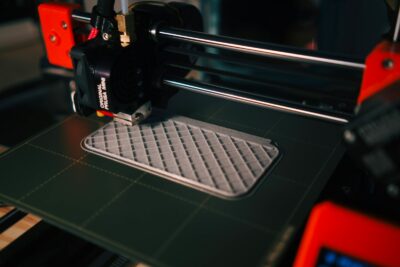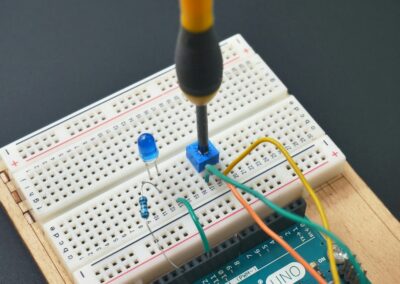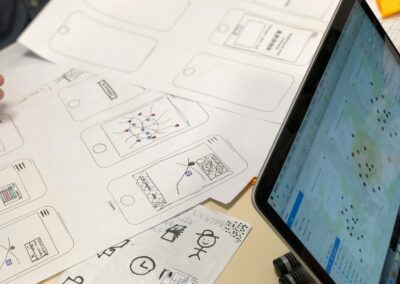Balancing Speed and Precision in IoT Development
Strategies for Rapid and High-Quality IoT Prototyping
Accelerating IoT prototyping without compromising quality is a challenge that many businesses in Saudi Arabia, the UAE, and other leading technology hubs face as they strive to stay competitive in the rapidly evolving Internet of Things (IoT) landscape. The demand for innovative IoT solutions that meet high standards of quality while being delivered quickly is increasing, particularly in regions like Riyadh and Dubai, where technological advancement is a key driver of economic growth. To meet this demand, companies must adopt strategies that enable them to shorten the prototyping phase without sacrificing the integrity of the final product.
One of the most effective techniques for achieving this balance is the use of modular design in IoT prototyping. By breaking down an IoT system into smaller, interchangeable components, developers can focus on perfecting individual modules before integrating them into a complete solution. This approach not only speeds up the prototyping process but also allows for greater flexibility in making adjustments to specific parts of the system without disrupting the entire project. For example, a smart city project in Dubai might use modular design to prototype a traffic management system, allowing developers to quickly swap out and test different sensor types to determine the best fit for the city’s needs.
Another crucial technique is leveraging cloud-based development platforms. These platforms offer a range of tools and services that can significantly accelerate the development process by providing pre-built templates, APIs, and other resources that reduce the need for custom coding. In Saudi Arabia, where the push for digital transformation is strong, using cloud-based platforms can help companies rapidly prototype IoT solutions that are both scalable and secure. Moreover, cloud platforms enable real-time collaboration among geographically dispersed teams, ensuring that the best ideas and expertise are integrated into the prototype, regardless of location.
Additionally, adopting an iterative development approach can greatly enhance the speed and quality of IoT prototyping. By continuously testing and refining the prototype throughout the development process, companies can identify and address issues early, preventing costly delays and rework later on. This method is particularly beneficial in complex IoT projects where multiple variables need to be considered, such as in the development of a smart irrigation system in Riyadh. By iterating on the prototype, developers can ensure that the system meets the high standards required for deployment in the region’s challenging environmental conditions.
Ensuring Quality While Accelerating IoT Development
Implementing accelerating IoT prototyping without compromising quality requires a careful balance between speed and precision. While it is essential to bring products to market quickly, maintaining the quality of the IoT solution is equally important to ensure long-term success. To achieve this, companies must incorporate robust quality assurance practices into every stage of the prototyping process.
One effective way to maintain quality is by using automated testing tools. These tools can quickly and accurately assess the functionality of different components within an IoT system, identifying potential issues that might not be apparent through manual testing. In the fast-paced tech environments of Dubai and Riyadh, where IoT solutions are often deployed on a large scale, automated testing ensures that prototypes meet all necessary performance criteria before moving on to the production phase. This not only saves time but also reduces the risk of post-deployment failures that could damage a company’s reputation.
Another important aspect of ensuring quality in rapid IoT prototyping is involving end-users early in the development process. Gathering feedback from the target audience during the prototyping phase allows developers to make necessary adjustments based on real-world usage scenarios. In the UAE, where user experience is a top priority in the design of smart city solutions, involving stakeholders such as city planners and residents in the prototyping process can lead to more user-friendly and effective IoT products. This user-centric approach helps to identify potential pain points and areas for improvement, ensuring that the final product meets the needs and expectations of its users.
Finally, investing in skilled project management is crucial for balancing speed and quality in IoT prototyping. A project manager with expertise in IoT development can coordinate the various aspects of the prototyping process, ensuring that each component is developed to the highest standard while keeping the project on schedule. In regions like Saudi Arabia, where large-scale IoT projects often involve multiple stakeholders and complex logistics, effective project management is key to delivering high-quality prototypes on time and within budget.
The Future of IoT Prototyping in a Fast-Paced World
As the demand for IoT solutions continues to grow, particularly in innovation-driven regions like Saudi Arabia, the UAE, Riyadh, and Dubai, the need to accelerate IoT prototyping without compromising quality will only become more critical. The integration of emerging technologies such as artificial intelligence (AI) and machine learning (ML) into the prototyping process is expected to play a significant role in achieving this balance.
For instance, AI-driven tools can automate many aspects of the prototyping process, from design to testing, significantly reducing the time required to develop a high-quality IoT solution. In a smart city project in Dubai, AI could be used to simulate different environmental conditions and predict how an IoT system would perform under various scenarios. This capability allows developers to optimize their prototypes before they are physically built, ensuring that the final product is both robust and reliable.
Moreover, the use of digital twins—virtual replicas of physical IoT systems—can further enhance the speed and quality of prototyping. By creating a digital twin of an IoT solution, developers can test and refine their designs in a virtual environment, identifying and resolving potential issues before they manifest in the real world. This approach not only accelerates the development process but also reduces the risk of costly errors and rework. In Riyadh, where smart infrastructure projects are increasingly utilizing digital twin technology, this method is proving to be invaluable in delivering high-quality IoT solutions at a rapid pace.
In conclusion, while the need to bring IoT solutions to market quickly is undeniable, it is equally important to ensure that these solutions meet the highest standards of quality. By adopting techniques such as modular design, cloud-based development, iterative testing, automated quality assurance, and involving end-users in the development process, companies in regions like Saudi Arabia and the UAE can successfully accelerate IoT prototyping without compromising quality. As technology continues to advance, the future of IoT prototyping will likely see even greater integration of AI, digital twins, and other cutting-edge tools, paving the way for faster, more efficient, and higher-quality IoT solutions.
—
#IoTPrototyping #SmartTechnology #IoTDevelopment #QualityAssurance #SaudiArabia #UAE #Riyadh #Dubai #AIInPrototyping #DigitalTwinsInIoT










